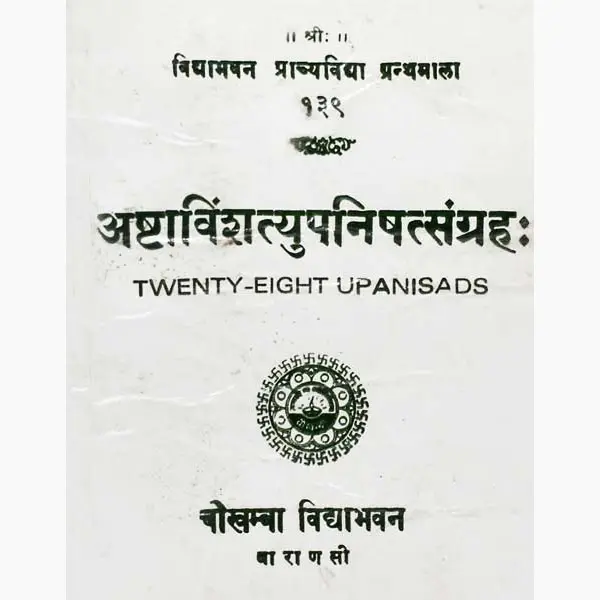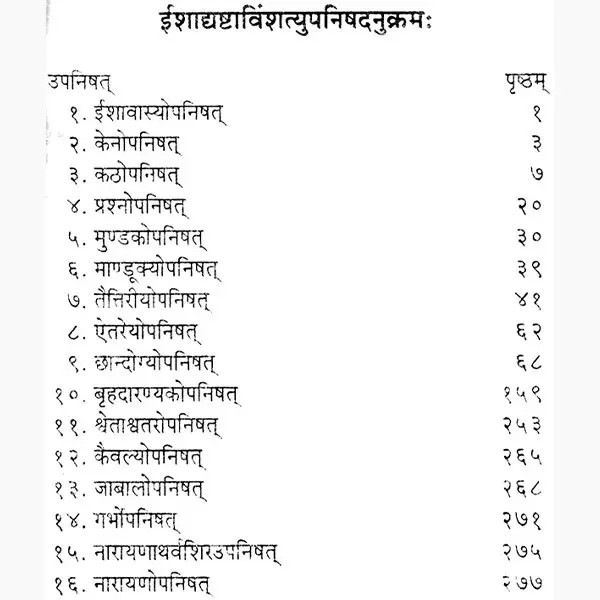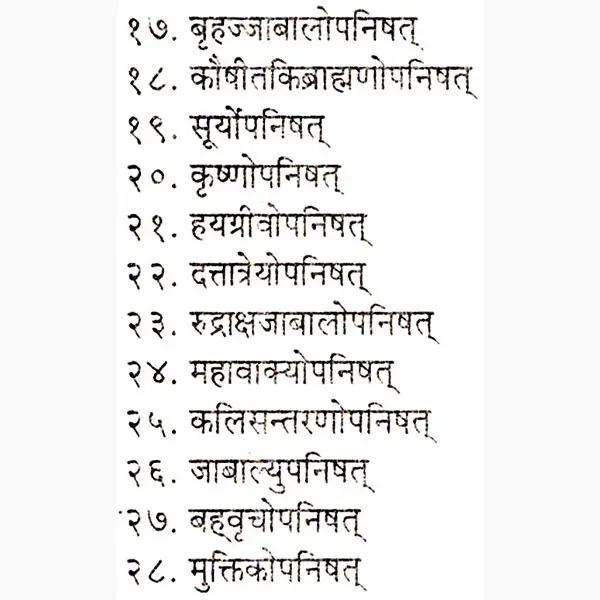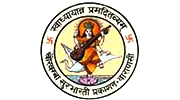Ashtavinshtyupnishatsangrah Book/अष्टविंश्त्युपनिषत्संग्रह पुस्तक
Ashtavinshtyupnishatsangrah (अष्टविंश्त्युपनिषत्संग्रह पुस्तक) is an important book. This Ashtavinshtyupnishatsangrah Book is not easily available, this book has been published by Chaukhamba Prakashan, Varanasi, Uttar Pradesh, in the year 2004, the book has 383 pages.
Ashtavinshtyupnishatsangrah Book Content list:
The content of the Ashtavinshtyupnishatsangrah Book records the following Upanishads with details. Ishawashyopanishad, Kenopanishad, Kathopanishad, Mundakopanishad, Mandukyopanishad, Taittariyopanishad, Etreyopanishad, Chhaandogyopanishad, Brhadaaranyakopanishad, Shvetaashravataropanishad, Kaivalyopanishad, Jaabaalopanishad, Garbhopanishad, Naaraayanaatharvashirupanishad, Naaraayanopanishad, Brahajjaabaalopanishad, Kausheetakibraahmanopanishad, Sooryopanishad, Krshnopanishad, Hayagreevopanishad, Dattaatreyopanishad, Rudraakshajaabaalopanishad, Mahaavaakyopanishad, Kalisantaranopanishad, Jaabaalyupanishad, Bahvrchopanishad, Muktikopanishad, all are well detailed which are the significant part of the Ashtavinshtyupnishatsangrah Book.
Ashtavinshtyupnishatsangrah Book Benefits:
- Reading the Ashtavinshtyupnishatsangrah Book gives information about important topics of Upanishad.
- By reading this Book you can understand the importance of the Upanishads.
Ashtavinshtyupnishatsangrah Book Description:
The Upanishads are a collection of texts of religious and philosophical nature, written in India probably between c. 800 BCE and c. 500 BCE, during a time when Indian society started to question the traditional Vedic religious order. The word ‘Upanishad’ has been derived from the root Sad (to sit), to which are added two prefixes: Upa and Ni. The prefix Upa denotes nearness and Ni totality. Thus, this word means ‘sitting nearby devotedly’. This no doubt refers to the pupil’s sitting down near his teacher at the time of instruction (Ashtavinshtyupnishatsangrah Pushtak). The word in course of time gathered round it the sense of secret teaching or secret doctrine which was imparted at such sittings. Upanishads are frequently spoken of as secret or mystery also. We find in Upanishads, that due to secrecy and mystery of the teachings, a teacher refuses to impart instruction to a pupil who has not proved his worthiness to receive the instruction. Through another definition, the word primarily signifies knowledge, yet by implication it also refers to the book that contains that knowledge.-Ashtavinshtyupnishatsangrah Pushtak.
According to the Muktikopanishad 108 Upanishads are divided according to four Vedas are as follows:
10 Upanishads from the Rig-Veda
19 Upanishads from the Shukla-Yajurveda
32 Upanishads from the Krishna-Yajurveda
16 Upanishads from the Samaveda and
31 Upanishads from the Atharvaveda.
Without understanding the Upanishads, it is impossible to get an insight into Indian history and culture. Every subsequent development of philosophy and religion in India has drawn heavily on the Upanishads.-Ashtavinshtyupnishatsangrah Pushtak.
Ashtavinshtyupnishatsangrah Book Details:
Book Publisher: Chaukhamba Prakashan
Books Pages: 383 Pages
Language: Sanskrit
Books Size: “12” x “9” cm
Weight: 118 gm Approx
Edition: 2004
Shipping: Within 4-5 Days in India







Ashish Jha –
Is book me sbhi upnishads ke bare me btaya h, jo ki bhaut labhdayak hai.